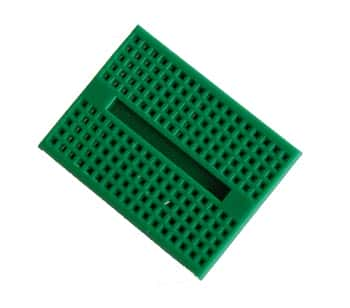Additive manufacturing, like those from 3-D printers, allows businesses to develop functional prototypes quickly and cost-effectively. They may require these products for testing or for running a limited production line, allowing quick modifications when necessary. This is possible because these printers allow effortless electronic transport of computer models and designs. There are many benefits of additive manufacturing.
Designs most often require modifications and redesign. With additive manufacturing, designers have the freedom to design and innovate. They can test their designs quickly. This is one of the most important aspects of making innovative designs. Designers can follow the creative freedom in the production process without thinking about time and or cost penalties. This offers substantial benefits over the traditional methods of manufacturing and machining. For instance, over 60% of designs undergoing tooling and machining also undergo modifications while in production. This quickly builds up an increase in cost and delays. With additive manufacturing, the movement away from static design gives engineers the ability to try multiple versions or iterations simultaneously while accruing minimal additional costs.
The freedom to design and innovate on the fly without incurring penalties offers designers significant rewards like better quality products, compressed production schedules, more product designs, and more products, all leading to greater revenue generation. Regular traditional methods of manufacturing and production are subtractive processes that remove unwanted material to achieve the final design. On the other hand, additive manufacturing can build the same part by adding only the required material.
One of the greatest benefits of additive manufacturing is streamlining the traditional methods of manufacturing and production. Compressing the traditional methods also means a significant reduction in environmental footprints. Taking into account the mining process for steel and its retooling process during traditional manufacturing, it is obvious that additive manufacturing is a sustainable alternative.
Traditional manufacturing requires tremendous amounts of energy, while additive manufacturing requires only a relatively small amount. Additionally, waste products from traditional manufacturing require subsequent disposal. Additive manufacturing produces very little waste, as the process uses only the needed materials. An additional advantage of additive manufacturing is it can produce lightweight components for vehicles and aircraft, which further mitigates harmful fuel emissions.
For instance, with additive manufacturing, it is possible to build solid parts with semi-hollow honeycomb interiors. Such structures offer an excellent strength-to-weight ratio, which is equivalent to or better than the original solid part. These components can be as much as 60% lighter than the original parts that traditional subtractive manufacturing methods can produce. This can have a tremendous impact on fuel consumption and the costs of the final design.
Using additive manufacturing also reduces the risk involved and increases predictability, resulting in improving the bottom line of a company. As the manufacturer can try new designs and test prototypes quickly, digital additive manufacturing modifies the earlier unpredictable methods of production and turns them into predictable ones.
Most manufacturers use additive manufacturing as a bridge between technologies. They use additive technology to quickly reach a stable design that traditional manufacturing can then take over for meeting higher volumes of production.

